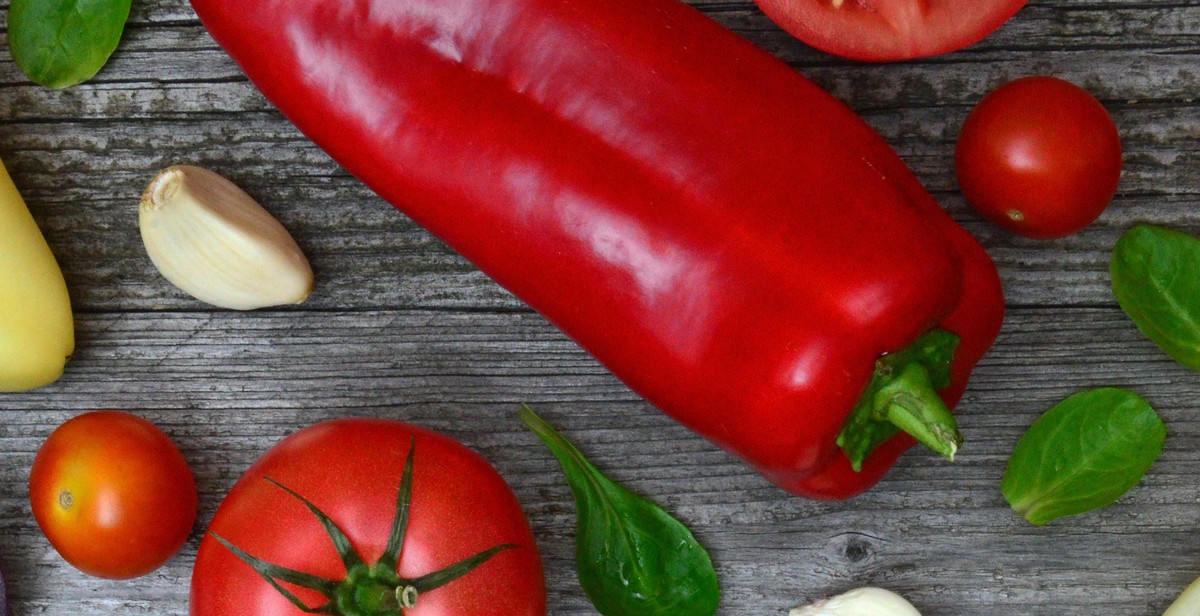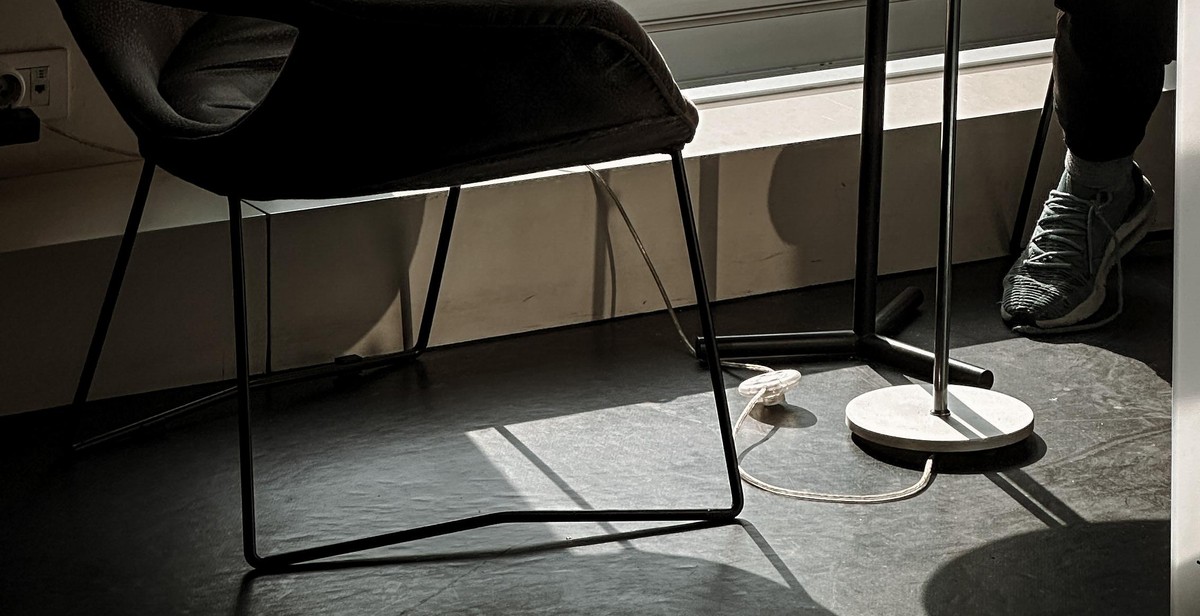How to Brew Your Own Craft Beer at Home
Brewing your own craft beer at home has become increasingly popular in recent years. With the rise of microbreweries and the craft beer trend, more and more people are interested in learning how to make their own beer.
Why Brew Your Own Beer?
There are several reasons why brewing your own beer can be a rewarding and enjoyable hobby:
- Customization: When you brew your own beer, you have complete control over the ingredients and the brewing process. This means that you can create a beer that is perfectly tailored to your taste preferences.
- Creativity: Brewing beer is a creative process that allows you to experiment with different flavors and styles. You can create unique and interesting beers that you can’t find in stores.
- Camaraderie: Brewing beer is often a social activity that can be enjoyed with friends and family. It’s a great way to bond over a shared hobby.
- Economics: Brewing your own beer can be a cost-effective alternative to buying beer in stores. Once you have the necessary equipment, the ingredients for brewing beer are relatively inexpensive.
Whether you’re a seasoned homebrewer or a beginner, brewing your own beer can be a fun and rewarding experience. In this article, we’ll walk you through the steps of brewing your own craft beer at home.

Equipment Needed
Before you start brewing your own craft beer at home, you will need to gather the following equipment:
| Equipment | Description |
|---|---|
| Brewing Kettle | A large pot or kettle used for boiling water and wort. |
| Fermentation Vessel | A container where the beer will ferment. It can be a plastic bucket or a glass carboy. |
| Airlock | A device that allows carbon dioxide to escape from the fermentation vessel while preventing oxygen and contaminants from entering. |
| Hydrometer | A tool used to measure the specific gravity of the wort and beer to determine the alcohol content. |
| Thermometer | A device used to measure the temperature of the water, wort, and beer. |
| Auto-Siphon | A device used to transfer the beer from the fermentation vessel to the bottling bucket or directly to the bottles. |
| Bottles and Caps | Clean and sanitized bottles with caps to store the finished beer. |
Make sure to clean and sanitize all equipment before use to prevent contamination and spoilage of the beer. With these essential pieces of equipment, you are ready to start brewing your own craft beer at home!

Ingredients for Crafting Your Own Beer at Home
Malt Extract
Malt extract is a concentrated syrup made from malted barley and other grains. It provides the fermentable sugars necessary for beer production. There are two types of malt extract, liquid and dry. Liquid malt extract is easier to use and provides a richer flavor, while dry malt extract is more shelf-stable and easier to store.
Hops
Hops are the flowers of the hop plant and are used to add bitterness, flavor, and aroma to beer. They also have antibacterial properties that help prevent spoilage. There are many varieties of hops, each with its unique flavor and aroma profile. Some common types of hops include Cascade, Centennial, and Hallertau.
Yeast
Yeast is a microorganism that converts sugar into alcohol and carbon dioxide during the fermentation process. There are two main types of yeast used in beer production, ale yeast and lager yeast. Ale yeast ferments at warmer temperatures and produces fruity and spicy flavors, while lager yeast ferments at cooler temperatures and produces a clean and crisp taste.
Water
Water is a crucial ingredient in beer production. It makes up around 90% of the final product. The quality of water used affects the taste and quality of the beer. It is essential to use clean, filtered water that is free from contaminants. It is also important to consider the mineral content of the water, as this can affect the flavor of the beer.
Conclusion
By using the right ingredients, you can create a delicious and unique craft beer at home. Malt extract, hops, yeast, and water are the essential building blocks of beer production. Experiment with different combinations and varieties to find the perfect recipe for your taste buds.

The Brewing Process
Before you start the brewing process, it is important to sanitize all your equipment. This includes your fermenting vessel, airlock, thermometer, and any other tools you will be using. Sanitizing ensures that no bacteria or unwanted organisms will contaminate your beer and ruin the flavor.
Boiling the Wort
Next, you will need to boil the wort. This is the liquid extracted from the malted grains and is the base of your beer. Boiling the wort helps to sterilize it and extract the flavors and aromas from the hops. The boiling process typically lasts for 60-90 minutes.
Adding Hops
During the boiling process, you will need to add hops to your wort. Hops are responsible for adding bitterness and aroma to your beer. The amount and type of hops you add will depend on the style of beer you are brewing.
Cooling the Wort
After boiling, it is important to cool the wort to a temperature that is safe for yeast to be added. This is typically around 70-75 degrees Fahrenheit. You can use a wort chiller or an ice bath to cool the wort.
Transferring to Fermentation Vessel
Once the wort is cooled, it can be transferred to a fermentation vessel. This can be a carboy, bucket, or keg. It is important to leave some headspace for the yeast to ferment and produce carbon dioxide.
Adding Yeast
Finally, you will need to add yeast to the fermentation vessel. The type of yeast you use will depend on the style of beer you are brewing. The yeast will consume the sugars in the wort and produce alcohol and carbon dioxide. This process can take anywhere from a few days to several weeks depending on the beer style and fermentation temperature.
By following these steps, you can successfully brew your own craft beer at home. Remember to always sanitize your equipment and experiment with different ingredients and techniques to create unique and delicious beers.

Fermentation and Bottling
After the brewing process is complete, it’s time for fermentation and bottling. This is where the magic happens and your beer transforms from a sweet wort into a delicious, carbonated beverage.
Primary Fermentation
The first stage of fermentation is called primary fermentation. This is where the yeast consumes the sugars in the wort and produces alcohol and carbon dioxide. During this stage, the beer should be kept at a consistent temperature between 68-72°F (20-22°C) for about 7-10 days. It’s important to keep the fermenter sealed to prevent any contamination from outside elements.
Secondary Fermentation
After primary fermentation is complete, it’s time for secondary fermentation. This is where the beer is transferred to a secondary fermenter and left to sit for another 2-4 weeks. This stage is important for allowing the yeast to finish fermenting and for the beer to clarify. During this stage, it’s important to keep the beer at a consistent temperature between 65-70°F (18-21°C).
Bottling
Once secondary fermentation is complete, it’s time to bottle your beer. Before bottling, you’ll need to add priming sugar to the beer to create carbonation. This is typically done by dissolving 3/4 cup of corn sugar in 2 cups of boiling water and adding it to the beer. Next, transfer the beer to a bottling bucket and use a siphon to fill each bottle to about an inch from the top. Finally, cap each bottle and store them in a cool, dark place for about 2-3 weeks to allow the carbonation to fully develop.
| Stage | Temperature | Duration |
|---|---|---|
| Primary Fermentation | 68-72°F (20-22°C) | 7-10 days |
| Secondary Fermentation | 65-70°F (18-21°C) | 2-4 weeks |
| Bottling | N/A | 2-3 weeks |
With these simple steps, you can successfully ferment and bottle your own craft beer at home. Remember to be patient and allow the yeast to do its job, and you’ll be rewarded with a delicious, homemade brew.

Tips and Tricks for Brewing Your Own Craft Beer at Home
Home brewing is a fun and rewarding hobby that allows you to create your own unique craft beer. However, it’s important to keep in mind that brewing beer requires a great deal of precision and attention to detail. Here are some tips and tricks to help you brew the perfect batch of beer:
Sanitation is Key
One of the most important aspects of brewing beer is maintaining a clean and sanitized environment. Any bacteria or impurities can ruin your beer and lead to off-flavors or spoilage. Make sure to clean and sanitize all equipment, including bottles, before and after use. Use a high-quality sanitizer and follow the instructions carefully. It’s also a good idea to use a separate set of equipment for brewing sour beers, as the bacteria used in these styles can be difficult to remove.
Experiment with Ingredients
One of the best things about brewing your own beer is the ability to experiment with different ingredients and flavors. Don’t be afraid to try new hops, malts, and yeasts to create unique and interesting brews. Keep detailed notes on each batch so you can replicate successful recipes in the future. You can also try adding fruit, spices, or other flavorings to your beer for a fun twist.
Take Accurate Measurements
Brewing beer requires precise measurements of ingredients, temperatures, and times. Invest in a high-quality thermometer, hydrometer, and other measuring tools to ensure accuracy. Keep a detailed brew log to track each step of the process and note any variations or adjustments you make. This will help you troubleshoot any issues and improve your brewing skills over time.
- Sanitize all equipment before and after use
- Experiment with different ingredients and flavors
- Take precise measurements of ingredients, temperatures, and times

Conclusion
Home brewing craft beer is a fun and rewarding hobby that allows you to create unique and delicious beer that you can enjoy with friends and family. While the process may seem intimidating at first, with the right equipment and ingredients, anyone can become a skilled home brewer.
Key Takeaways
- Invest in quality equipment to ensure a successful brew.
- Choose high-quality ingredients for the best flavor.
- Follow the brewing process carefully to avoid mistakes.
- Experiment with different ingredients and techniques to create unique beers.
Benefits of Home Brewing
Aside from the satisfaction of creating your own beer, home brewing has many benefits. It allows you to:
- Save money compared to buying craft beer from a store.
- Customize your beer to your taste preferences.
- Learn about the brewing process and the science behind it.
- Connect with other home brewers and join a community of passionate beer enthusiasts.
Get Started Today
With the right equipment, ingredients, and knowledge, you can start brewing your own craft beer at home today. Don’t be afraid to experiment and try new things, and always remember to enjoy the process and the delicious beer that comes with it.
